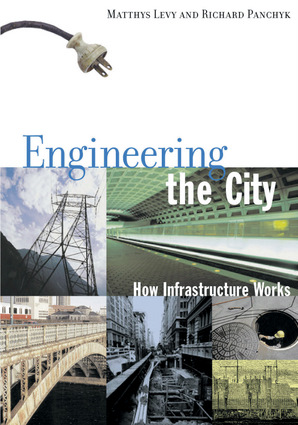Overview
How does a city obtain water, gas, and electricity? Where do these services come from? How are they transported? The answer is infrastructure, or the inner, and sometimes invisible, workings of the city. Roads, railroads, bridges, telephone wires, and power lines are visible elements of the infrastructure; sewers, plumbing pipes, wires, tunnels, cables, and sometimes rails are usually buried underground or hidden behind walls. Engineering the City tells the fascinating story of infrastructure as it developed through history along with the growth of cities. Experiments, games, and construction diagrams show how these structures are built, how they work, and how they affect the environment of the city and the land outside it.
Reviews
“Future engineers, math enthusiasts, and students seeking ideas for science projects will all be fascinated by this book.” —Booklist
“A terrific book to help you answer those tough questions about everyday structures in an urban environment...filled with useful drawings and pictures...loaded with experiments, design projects and construction diagrams.”
—DemolitionAuthor Biography
Matthys Levy, an architectural engineer, is a principal of Weidlinger Associates, a structural engineering firm. He has won numerous awards, including the AIA Institute Honor Award. He lives in New York City. Richard Panchyk is an editor and writer who works at Gannett Fleming, an architectural engineering firm. He lives in Long Island, New York.
 Mother's Day
Mother's Day Father's Day
Father's Day
